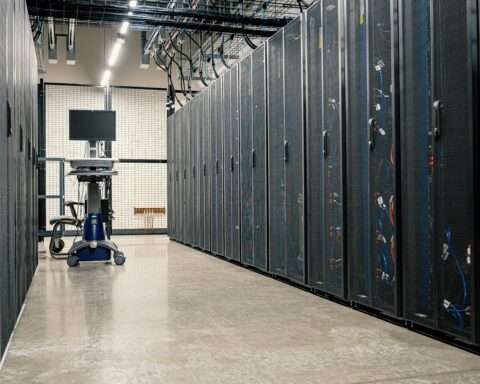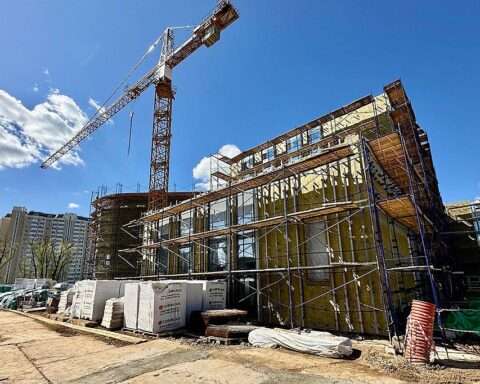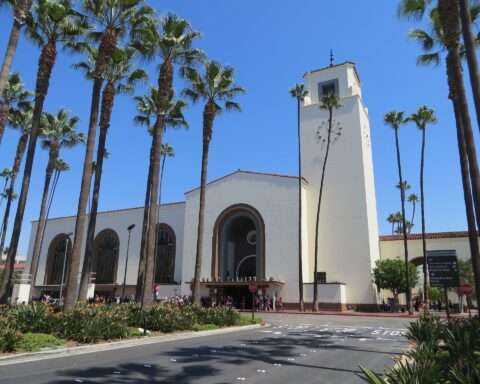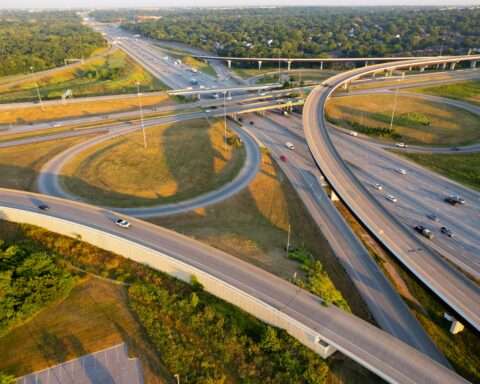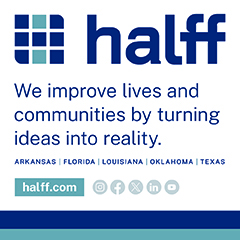Omaha has released its draft 2026 Capital Improvement Program (CIP), marking Mayor John Ewing Jr.’s first comprehensive infrastructure spending plan since taking office.
The $815.8 million budget represents a nearly 8% increase from 2025 and commits over $3.4 billion through 2031 for more than 100 projects spanning transportation, environmental infrastructure and public facilities.
The six-year program addresses projected population growth across the metropolitan area while tackling transportation improvements and environmental upgrades.
Transportation would receive the largest investment, $963.5 million over six years for 63 projects—28% of total program spending. The centerpiece is a planned Interstate 680 corridor expansion that will add a fourth lane in both directions from Pacific Street to Dodge Street. The city partnered with the Nebraska Department of Transportation on the I-680 project, which officials estimate will cost $50 million to $75 million. Under the plan, construction would begin in summer 2026 and conclude by the end of construction season.
Beyond the highway expansion, the transportation category includes extensive street resurfacing, multiple bridge replacements and upgrades to aging infrastructure that has outlived its designed lifespan. Traffic signals would also receive modernization with advanced technology to improve traffic flow.
The program includes funds for bike and pedestrian infrastructure including the Creighton Bikeway and trail connections. Ewing noted the city will continue work on the Omaha Streetcar project, with the CIP funding completion of bridges, utilities and a vehicle maintenance facility.
While transportation dominates spending, environmental improvements represent another major focus. These projects center heavily on sewer expansion within the Papillion Creek Watershed Basin, paired with water treatment plant modernization across the city. New automation and technology upgrades will prepare treatment plants for continued growth, according to city officials.
Several smaller projects also target stormwater management through green infrastructure initiatives like channel rehabilitation and additional detention ponds. Smart technology upgrades will improve monitoring systems for flood management and mitigation.
In contrast to other categories, parks and recreation saw a strategic funding reduction to $66.7 million for 2026—a $6 million decrease from 2025. Ewing said he intentionally reduced capital spending in this area while developing a comprehensive strategy expected to launch in 2027. The mayor said he plans to expand the Lake Cunningham philanthropic trust model, which has successfully leveraged private donations for major improvements, to other parks citywide. A task force is developing a comprehensive parks improvement plan with enhanced public-private partnership (P3) funding expected in the 2027 budget cycle.
Meanwhile, several large, long-planned improvements to public facilities anchor the CIP. The city will continue renovating the CHI Health Center, Omaha’s convention center in an effort to attract larger and more lucrative events. Voters approved a $200 million initiative in 2024 to renovate the facility, adding 90,000 square feet while modernizing design and technological capabilities.
The city will also open its newly constructed Central Library in spring 2026 after spending $90 million to replace the current downtown library.
The plan also addresses public safety infrastructure through two new fire stations and police facility renovations. It calls for a $20 million downtown fire and police station that integrates both departments in a modern space to reduce long-term operational costs. While the specific site remains undetermined, design would begin this year with construction planned for 2027-2028.
Construction on a new $5 million fire station in Northwest Omaha is also scheduled to begin later this year. The facility will include modern equipment bays, communication systems and technological improvements.
The 2026 capital program represents a significant infrastructure investment as Omaha prepares for continued metropolitan growth. The CIP undergoes annual review as part of the city’s budget process, with updates reflecting changing priorities and funding availability. Ewing said expanding P3s beyond the successful Lake Cunningham model will be crucial for future park improvements and could serve as a template for other municipal projects moving forward.
The city council is expected to vote on the plan on Aug. 26.
Photo by Quang Vuong from Pexels






